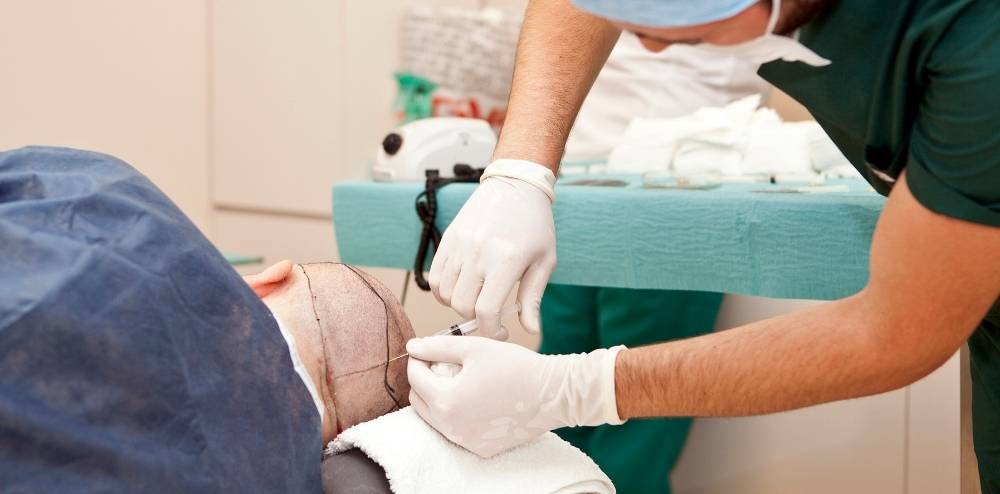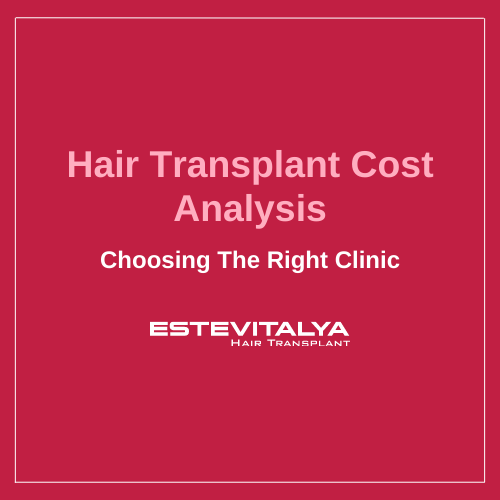Hair transplants have come a long way in recent years, and one of the biggest advancements is the development of the FUE (follicular unit extraction) and DHI (direct hair implantation) techniques. These methods are less invasive than traditional hair transplants and can produce natural-looking results. One of the most important parts of a hair transplant is the donor area, and it’s important to understand how the recovery process works for the donor area to ensure the best possible outcome.
The donor area is the part of the scalp from which hair is taken for the transplant. In the FUE method, a small punch tool is used to remove individual hair follicles from the donor area, while in the DHI method, hair follicles are extracted with a special tool called a Choi pen. Both methods are minimally invasive, and the recovery process is relatively quick and easy.
Here’s what you can expect during the recovery process for the donor area:
-After the procedure, the donor area may be red and swollen. This is normal and should subside within a few days.
-You may experience some itching or tenderness in the donor area, but this can be managed with painkillers medication.
-You should avoid strenuous activity for 2-3 weeks after the procedure to allow the donor area to heal.
-You should also avoid sun exposure
-You should avoid washing your hair for the first 24 hours after the procedure to allow the area to heal. After that, you can wash your hair as normal, but be gentle when washing the donor area.
-You should avoid styling your hair for the first few days after the procedure to allow the area to heal.
-You should avoid smoking and alcohol for the first few days after the procedure to help the area heal.
-You should avoid swimming for the first month after the procedure to avoid infection.
How is the donor area determined?
The donor area is determined by the hair transplant experts, based on the patient’s individual characteristics and needs, including the density of the hair, the hair color, and the skin type. The goal is to select an area that will provide the best possible outcome for the patient. In general, the back of the head is the preferred donor area, as the hair in this area is typically more resistant to balding. However, other areas of the body, such as the chest or beard, can also be used as a donor area in some rare cases.
The transplant experts will carefully analyze the patient’s hair characteristics and the extent of the hair loss to determine the best possible donor area. They will also take into account the patient’s wishes and goals for the transplant to ensure that the final result is natural-looking and meets the patient’s expectations.
How many grafts are extracted from the donor area?
The number of grafts that are extracted from the donor area depends on the individual’s needs, the extent of the hair loss, and the size of the donor area. In general, the number of grafts extracted ranges 1000-5000 grafts per hair transplant session. The exact number of grafts extracted will be determined during the initial consultation with your surgeon.
When will the donor area grow back after a hair transplant surgery?
The donor area will start to regrow hair within 10 days, but it will take a couple of weeks for the hair to fully grow. It’s important to be patient and not to expect immediate results. Hair transplant is a process that takes time, but it’s worth it for the end result.
It’s important to follow the aftercare instructions provided by your surgeon to ensure the best possible outcome for the donor area. This includes avoiding strenuous activity, sun exposure, and smoking for the first few days after the procedure. You should also avoid washing your hair for the first 24 hours after the procedure and avoid styling your hair for the first few days after the procedure.
In conclusion, the FUE and DHI hair transplant methods are less invasive than traditional hair transplants, and the recovery process for the donor area is relatively quick and easy. It’s important to follow the aftercare instructions provided by your hair transplant clinic to ensure the best possible outcome for the donor area. Contact our hair transplant clinic in Antalya for a free consultation and more information about the operation.








